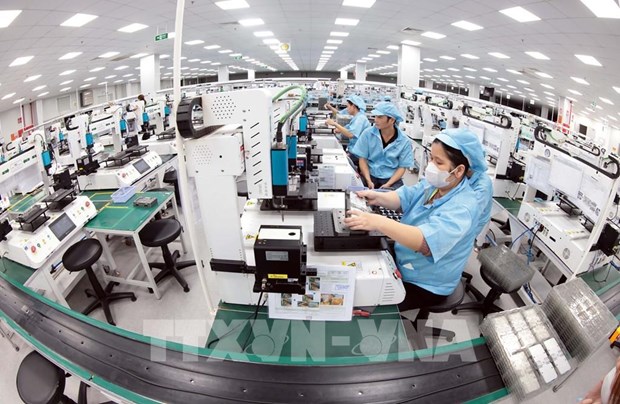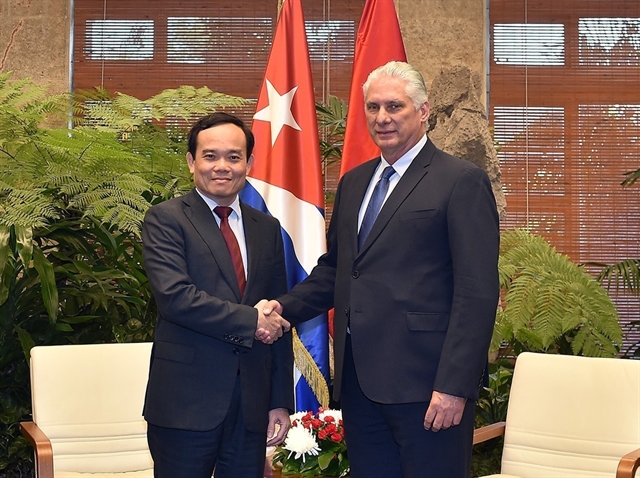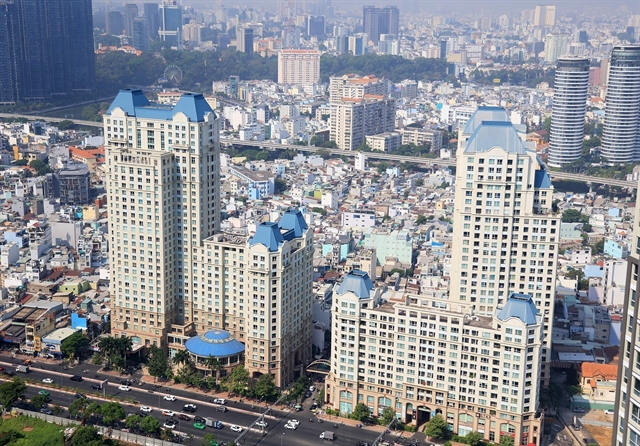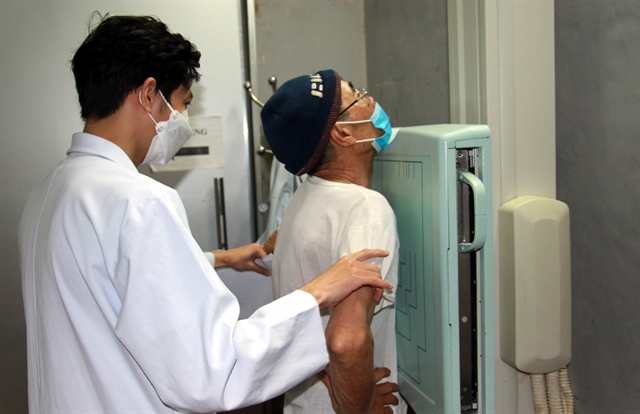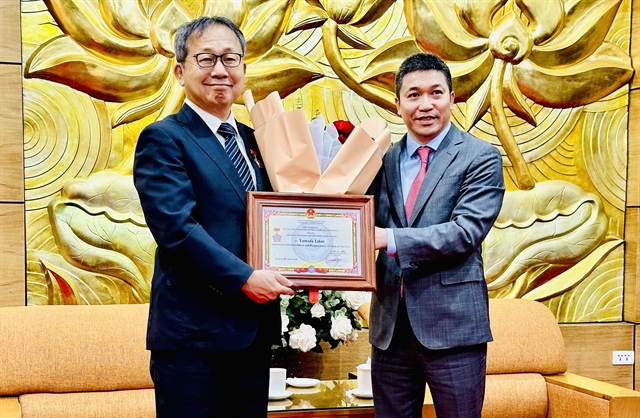 Politics & Laws
Politics & Laws

On July 12, families of fallen soldiers from 23 provinces across Việt Nam arrived in Đồng Nai Martyr Cemetery in the southern province to attend a memorial service and reburial for 72 martyrs who died during the battle at Biên Hoà Airbase on January 31, 1968 during the Tết Offensive.
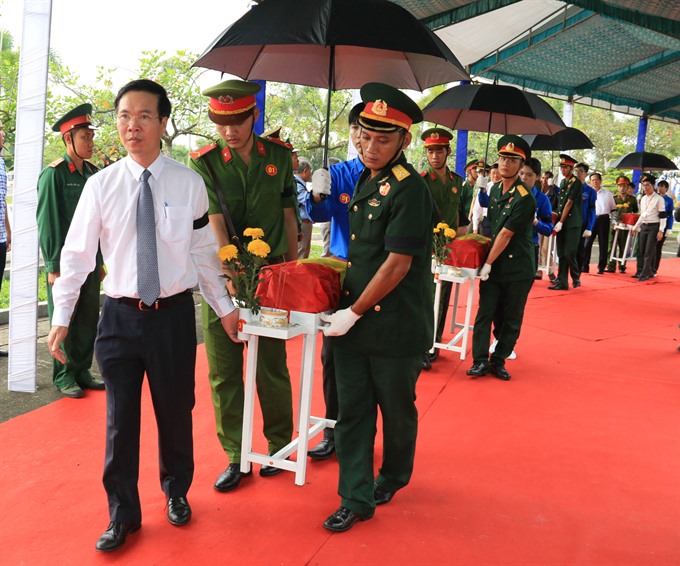 |
| Võ Văn Thưởng, head of the Party Central Committee’s Commission for Publicity and Education, carries the remains of People’s Army fallen soldiers during a battle at Biên Hoà Airbase, in 1968. — VNA/VNS Photo Sỹ Tuyên |
ĐỒNG NAI — On July 12, families of fallen soldiers from 23 provinces across Việt Nam arrived in Đồng Nai Martyr Cemetery in the southern province to attend a memorial service and reburial for 72 martyrs who died during the battle at Biên Hoà Airbase on January 31, 1968 during the Tết Offensive.
The remains of the soldiers missing in action were discovered in a mass grave, located in a melaleuca plantation east of Biên Hoà in April, based on information from surviving soldiers and two US war veterans who fought there.
Bob Connor, a former security policeman at the airbase, said 150 bodies were interred at the location, and Colonel Martin Estrones confirmed this information.
According to Connor, he commented on Google Earth about a major battle at the military airport and mentioned a mass grave near the airport was dedicated to fallen enemies. Then he was contacted by a Vietnamese asking for more information on the location of the grave, which sent Connor on a mission to find someone else who might know about the grave, and eventually, he found his former commanding officer, Estrones, who had supervised the burial process.
The two American veterans were then invited to Biên Hoà in March by the Vietnamese government.
The attack on Biên Hoà Airbase – of great strategic importance in South Việt Nam – was conducted to disable the airbase, destroy logistics infrastructure and weaken the American forces and their Southern allies.
In the assault on the airbase, fighting on the People’s Army of Việt Nam’s side were soldiers of battalion No 1 and No 2 of 4th Regiment 5th Division, joined by Biên Hoà’s sapper battalion, main military force and local militia.
Since the grave has laid in oblivion for many years, the remains are mostly no longer identifiable, with only a few exceptions, so authorities have decided to rebury them in a common grave in Biên Hoà Martyr Cemetery, with the consent of family members.
Lê Anh Toàn, from the northern province of Ninh Bình, sibling of martyr Lê Xuân Thắng, said Thắng joined the army in 1965 and in 1968, his family received a death notice stating he had died on the Southern Front.
“50 years, our family has looked for our brother. Now, we know his resting place amongst his comrades, we can finally be at peace,” he said.
Phùng Duy Cường, veteran of the Biên Hoà U11 sapper battalion, survivor of the Biên Hoà Airbase attack, said he was wracked with survivor’s guilt.
“We come from different places, we are not blood relatives, but we might as well be. The day we found our comrades feels like the day we found our family,” Cường said.
Politburo member and head of the Party Central Committee’s Commission for Education and Communications, Võ Văn Thưởng, Vice President Đặng Thị Ngọc Thịnh, former President Trương Tấn Sang, former Prime Minister Nguyễn Tấn Dũng and leaders of the Ministry of Defence have come to attend the ceremony and pay their respect. — VNS



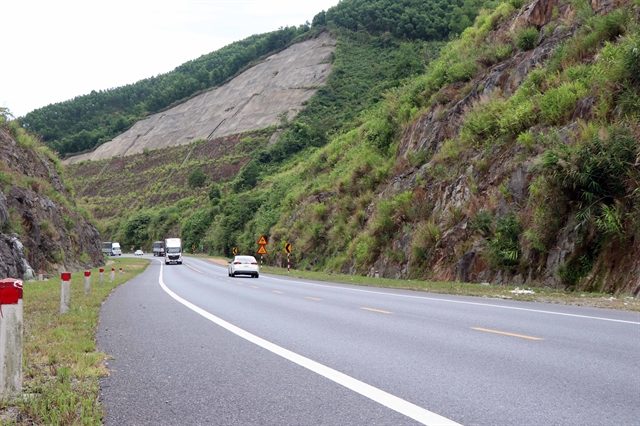
.jpg)

